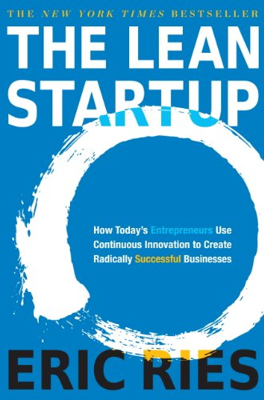Batch
Small Batches: A Key to Efficiency
The concept of processing work in small batches, as opposed to large batches, is discussed through various examples to illustrate its benefits for efficiency and immediate feedback. The envelope-stuffing analogy introduces the lean manufacturing principle of "single-piece flow," where smaller batch sizes lead to faster completion and allow for immediate identification and correction of issues. This principle, although counterintuitive, is proven to be effective as it reduces time spent on sorting, stacking, and moving large piles of half-completed work.
The Historical Context and Evolution of Small Batches
Small-batch processing is linked to the success of Japanese carmakers like Toyota post-World War II. Facing capital restraints and unable to compete with large American factories, Toyota adopted small batches instead of mass production. This allowed for a diverse product range and quicker adaptation to market needs through innovations like the SMED (Single-Minute Exchange of Die). The famous "andon cord" practice from Toyota is highlighted, where production can be immediately halted to correct any issue, thus emphasizing quality and immediate correction over uninterrupted production.
Application in Entrepreneurship: The Lean Startup
In the realm of startups, the philosophy of small batches is adapted not for production efficiency but for accelerating the learning process about what creates a sustainable business. The case of IMVU is provided where new features are developed and released in small batches, allowing immediate user feedback and rapid iteration. This method, called continuous deployment, involves rigorous testing and fast-paced releases to ensure functionality and business continuity, comparable to the immune system-like feedback mechanisms.
Broadening the Approach: Beyond Software
The chapter transitions from startup contexts to broader industry applications, indicating that principles of small batches and fast iteration are increasingly relevant due to "hardware becoming software." Examples such as electronics being primarily software-driven and rapid prototyping tools like CNC and 3D printing demonstrate how industries outside traditional software development are moving towards faster design and production methods.
Educational Systems and Other Industries
In education, new approaches like the School of One personalize learning to student needs with daily adjustments, resembling small batch learning and immediate feedback application. This signifies a shift from annual curriculum changes to more dynamic, rapid educational adjustments. Additionally, the chapter discusses how other industries, including healthcare, are adopting small batch practices to enhance efficiency and reduce wastage.
Challenges of Large-Batch Systems: The Death Spiral
The drawbacks of large-batch systems are critically analyzed, showing how they can lead to inefficiencies, rework, and delays—a process described as the "large-batch death spiral." This section underscores the systemic issues stemming from traditional batch processes across different sectors, stressing the need for a paradigmatic shift towards smaller batches to avoid operational and strategic pitfalls.
The Pull System in Lean Manufacturing
Lean production techniques, particularly the pull system where inventory and production are based on actual demand rather than forecasted estimates, are detailed. This method enhances efficiency by reducing the need for large inventories and minimizing waste, aligning production closely with customer demands and timely replenishment.
Closing Thoughts on Lean Practices
The chapter concludes by advocating for the adoption of lean production principles universally, attributing the long-term success of companies like Toyota not just to operational techniques but also to an organizational culture that promotes continuous learning and innovation. The adaptability and rapid iteration inherent in lean methods are portrayed as essential for modern organizations facing dynamic markets and fast-changing customer preferences.
